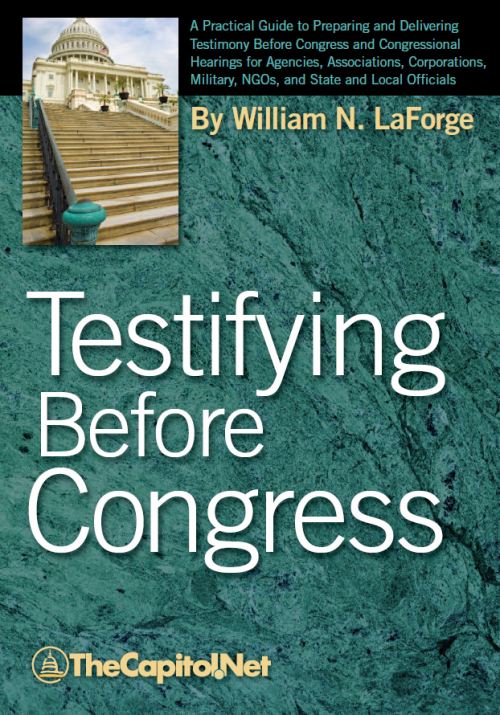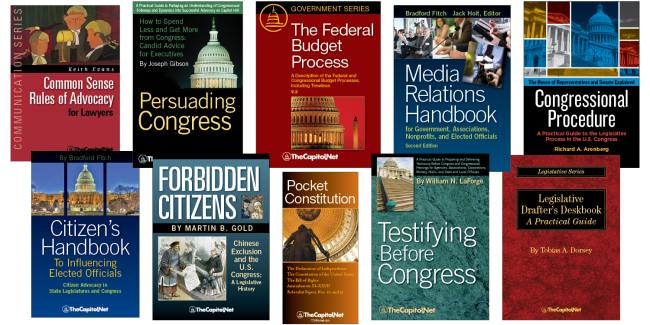Different congressional committees within each chamber of Congress conduct most of the work on legislation, including the preparation that must occur on a bill leading to floor consideration.

Bills are referred to congressional committees for any needed further action. In the event a committee decides an issue or a bill has merit, it can send it to the full chamber. Bills can also die in committee. Committees determine whether an issue or bill has any possible life, including whether there will be further consideration of the matter.
The full scope of the legislative process is essentially linked to the congressional committee system. Members of a committee have the ability to review and dispose of proposals. Whenever a bill or issue is referred to a committee, that committee must decide whether they will devote necessary resources to advance the measure. If the decision is made to move ahead, the first step is often to conduct a congressional hearing.
If sufficient results are produced from the hearing phase,  the committee may then choose to move to drafting and refining a bill–the markup phase. The bill is then recommended or reported to the full chamber. From that point, the measure will be taken up by the full Senate or House, and, if passed, will then be referred to the other chamber. A conference committee resolves any difference between the two versions produced by the two chambers before a final version will be put to a final vote in each chamber.
the committee may then choose to move to drafting and refining a bill–the markup phase. The bill is then recommended or reported to the full chamber. From that point, the measure will be taken up by the full Senate or House, and, if passed, will then be referred to the other chamber. A conference committee resolves any difference between the two versions produced by the two chambers before a final version will be put to a final vote in each chamber.
In the end, the committee hearing forms an initial staging ground for the development of most legislation. Through the gathering of information from witness testimony, committee members become educated regarding an issue and begin to formulate policy positions. As a result, committees form a critical dynamic within the legislative process. Of course, a measure is not required to be the subject of a hearing before it can be further considered by a committee or either chamber, but most important issues and measures do receive a full vetting through the committee hearings process before further action is taken.
To learn more about testifying before Congress, see TheCapitol.Net’s course Preparing and Delivering Congressional Testimony and its Capitol Learning Audio Course, Tips, Tactics & Techniques for Writing Congressional Testimony.
Reference: Testifying Before Congress, by William LaForge, Section 1.40 Understanding the Congressional Committee System.
Courses
- Congressional Operations Briefing – Capitol Hill Workshop
- Congressional Dynamics and the Legislative Process
- Drafting Federal Legislation and Amendments
- Understanding Congressional Budgeting and Appropriations
- Advanced Legislative Procedure
Publications
CongressionalGlossary.com, from TheCapitol.Net
For more than 40 years, TheCapitol.Net and its predecessor, Congressional Quarterly Executive Conferences, have been teaching professionals from government, military, business, and NGOs about the dynamics and operations of the legislative and executive branches and how to work with them.
Our custom on-site and online training, publications, and audio courses include congressional operations, legislative and budget process, communication and advocacy, media and public relations, testifying before Congress, research skills, legislative drafting, critical thinking and writing, and more.
TheCapitol.Net is on the GSA Schedule, MAS, for custom on-site and online training. GSA Contract GS02F0192X
TheCapitol.Net is now owned by the Sunwater Institute.
Teaching how Washington and Congress work ™

